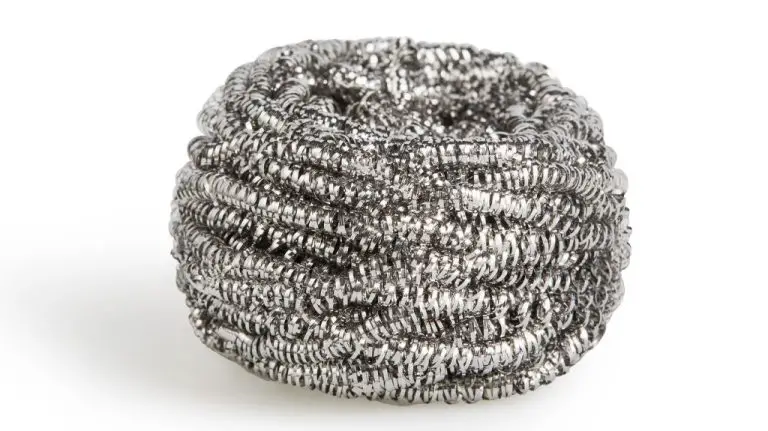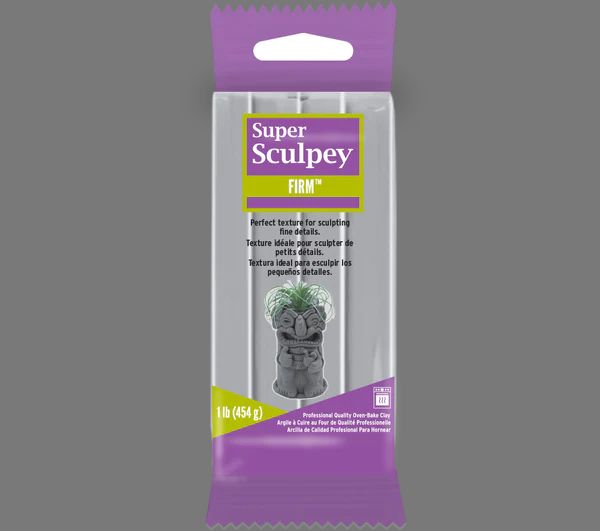Where Do You Get Clay In Old School Runescape?
Clay is one of the most useful lower-level resources in Old School Runescape. While relatively common, having a good supply of clay is essential for training a variety of skills including Crafting and Construction. Players use clay to create various fired clay items like bowls, bricks, urns, and ceramic vases which are needed to complete quests, build POH features, and level up skills.
With clay being an integral resource for skilling and questing, having reliable sources to mine or acquire it is key. This guide will cover the main methods of obtaining clay in OSRS, including mining clay rocks, purchasing from NPC shops, monster drops, managing your supply through packs and more. Whether you need clay for a quest requirement, to make vials or teleport tablets, or just to train Crafting, read on for the best techniques to get this essential skilling resource.
Mining Clay Rocks
Mining clay rocks is one of the most direct ways to obtain clay in Old School RuneScape. Here are some key things to know about mining clay:
Locations: Clay rocks can be found in various mines throughout Gielinor, including the Rimmington mine, Crafting Guild mine, and several mines in the members-only area in the Dwarven Realm. The Rimmington mine is one of the most popular free-to-play locations.
Requirements: A pickaxe is required to mine clay rocks. An iron pickaxe or better is recommended for the fastest mining speed. You’ll also need a moderate Mining level – at least 15 for the basic clay rocks.
Mining Process: To mine clay, simply use your pickaxe on any clay rocks you find. Each clay rock grants 5 Clay when mined, up to 120 clay before depleting. Mined clay rocks respawn over time. The higher your Mining level, the faster you can mine clay.
Clay rocks contain only clay, so you won’t get random gems or ores while mining. Focus on the clay rocks and mine away!
Buying from NPC Shops
Clay can be purchased from various non-player character (NPC) shops across Old School RuneScape. Here are some of the best NPC shops for buying clay:
The crafting shop in Al Kharid is one of the most convenient shops for buying clay. The shopkeeper stocks up to 30 clay packs at a time, with each clay pack containing 30 clay. The price per clay pack is 5 coins, making each clay only around 0.17 coins.
Another option is Rommik’s Crafting Shop in Rimmington. This shop stocks up to 12 clay packs at a time for 7 coins each, so the per clay price is a bit higher at around 0.23 coins. Rimmington can be accessed fairly early in game, so this shop is useful for low level players.
If you’ve completed the quest The Giant Dwarf, you can buy clay packs from Nurmof in the northeast corner of the first floor of the Dwarven Mine. He stocks up to 12 clay packs for 5 coins each. At 0.17 coins per clay, his shop matches Al Kharid’s low clay prices.
The crafting shop in Port Phasmatys stocks up to 12 clay packs at a time for 10 coins each, making the per clay price here 0.33 coins. This is one of the more expensive shops for buying clay.
Lastly, you can find a general store with clay packs in several cities like Varrock, Falador, and Canifis. However, the stock is limited and prices are higher, so these shops should only be used as a last resort for obtaining clay.
Monster Drops
A number of monsters drop clay items when killed in Old School RuneScape. The clay drops come in various amounts based on the type of monster. Some of the notable monsters that drop clay are:
Mogres and Mogre Guardians – Mogres, located along the northern coastline of Mudskipper Point, regularly drop clay upon death. They drop anywhere from 1-5 clay at a time. Mogre Guardians located on Mianai island north of Rellekka also have clay drops.
Rock Crabs – Rock crabs found along the coastlines of Rellekka, Waterbirth Island, and some other northern areas drop clay in stacks of 1-3. They have decent clay drop rates.
Bandits – Desert bandits at areas like the Kharidian Desert have a chance to drop 1-3 clay when killed. This can be a useful source while training combat there.
Other monsters like gnomes, minotaurs, and various humanoids around RuneScape occasionally drop small amounts of clay as well. While not as reliable as mining, killing certain monsters can provide a small boost to your clay supply.
Managing Clay Supply
Clay can quickly fill up your inventory and bank, so it’s important to manage your supply efficiently. Here are some tips:
Bank Locations
Store excess clay at convenient bank locations near clay rocks, like Draynor Village or Rimmington. This lets you quickly deposit clay while mining and withdraw crafting supplies.
Mining Patterns
Mine clay in loops or circuits between a bank and clay rock. For example, mine at the Rimmington mining site, bank at Rimmington, and repeat. This lets you steadily accumulate clay.
Buying Limits
Shop buying limits reset every 4 hours, so check back regularly to buy more. Buy clay packs from the Grand Exchange without limit. Coordinate buying and mining to maintain supply.
Crafting with Clay
Clay is an incredibly useful resource in RuneScape for training the Crafting skill. While mining clay rocks directly can yield low level clay, the most useful form of clay for Crafting training is soft clay. Soft clay can be obtained by mixing clay with water, which requires level 1 Crafting.
Soft clay is used to craft various clay items including clay cups, clay bowls, clay butterfly nets, clay ovens, and clay mining urns. Crafting these items yields good Crafting experience at low levels, making soft clay an ideal resource to power through the early Crafting levels.
Each soft clay can be used to craft clay items up to level 40 Crafting. The most efficient way to train Crafting with soft clay is to mine or buy large quantities of clay, fill clay packs with soft clay at the bank, and craft inventory after inventory of clay items. This power training method can result in very fast Crafting experience rates.
Some popular Crafting training spots include crafting clay items just outside the Combat Training Camp in Lumbridge, which offers a pottery oven nearby and a bank right across the river. The Barbarian Village also offers both a pottery oven and a bank in close proximity. Crafting soft clay items offers much faster experience than tanning leather or blowing glass making it a go-to method for leveling up Crafting.
Clay Packs
Clay packs are stackable items that hold a large quantity of clay. Each clay pack can hold up to 1,000 clay, allowing players to conveniently store and transport large amounts of clay. Clay packs are useful for players crafting items that require a lot of clay, such as pottery.
There are two locations in Old School RuneScape where players can obtain clay packs:
- The general store in the Dwarven Mine sells up to 10 clay packs.
- Players with 50 Crafting and Minecart Control can buy clay packs from the dwarven foreman at the barrels near the eastern cart control platform in Keldagrim.
To fill a clay pack, players must use it on a clay rock while carrying clay in their inventory. Each clay pack can hold up to 1,000 clay.
Clay packs are very useful for crafting large amounts of items like pottery and clay bracelets. Players can fill multiple clay packs, transport them conveniently, and then empty them while training Crafting. This saves a lot of time mining and transporting individual clay inventory loads.
Other Clay Sources
In addition to mining, NPC shops, and monster drops, there are a few other ways to obtain clay in Old School RuneScape:
Random Events
Some random events like the Mime event can provide clay as a reward. Keep an eye out for randoms that offer item rewards as you never know when they may give clay.
Managing Miscellania
If you have unlocked the ability to manage your Kingdom of Miscellania, directing your subjects to mine clay can generate a steady supply of clay over time. Just invest money in the coffers and keep clay selected as a resource.
Minigames
Certain minigames like Managing Miscellania and Random events reward clay. Participating in these regularly can provide a niceboost to your clay supply.
Other Players
You can always trade other players for clay. Buying from other players can be a fast way to get clay if you need it quickly and don’t want to gather it yourself.
Grand Exchange
The Grand Exchange regularly has clay for sale from other players. You can conveniently buy stacks of clay without having to meet up for a direct trade.
Clay Market
The Grand Exchange is the central marketplace in Old School RuneScape for buying and selling clay. The current market price for clay fluctuates based on supply and demand. Players can check the actively traded price and 30-day price history on the Grand Exchange interface.
Some players elect to buy low and sell high as a money-making method, also known as ‘merching’. This involves buying large quantities of clay when the price is low and holding onto it to sell when the price rises. There are clan chats dedicated to coordinating merching efforts and sharing price fluctuations and analysis.
‘Flipping’ is another tactic players use to profit on clay. This is when you put in a buy offer for clay at a low price and a sell offer at a higher price to make the difference as your profit margin. The price differences may be small, but can generate income especially with high volumes of clay. With constantly changing supply and demand, some players dedicate themselves to clay flipping as their money-making method in OSRS.
Conclusion
In summary, there are a few main ways to obtain clay in Old School RuneScape: mining clay rocks, purchasing from NPC shops, collecting as drops from certain monsters, managing your clay supply efficiently, and trading with other players. The best sources will depend on your Mining level, gold available to spend, combat stats, and preferred money-making methods.
Some top tips are to mine south of Varrock for easy access to clay rocks, buy from Baltim’s Blast Furnace Shop once you start smelting bars, pick up clay drops while training Slayer or fighting monsters like giants and Scorpions, and buy clay packs on the Grand Exchange if you need a lot of clay quickly. Crafting daily Battlestaves and training Crafting are great ways to use up lots of clay too.
With many sources to acquire clay, both low and high level, there are ample ways to get the clay you need for training Crafting, making pottery, bricks, teleport tablets, and more in Old School RuneScape. Just remember the general locations and methods outlined here to maintain your clay supply.



